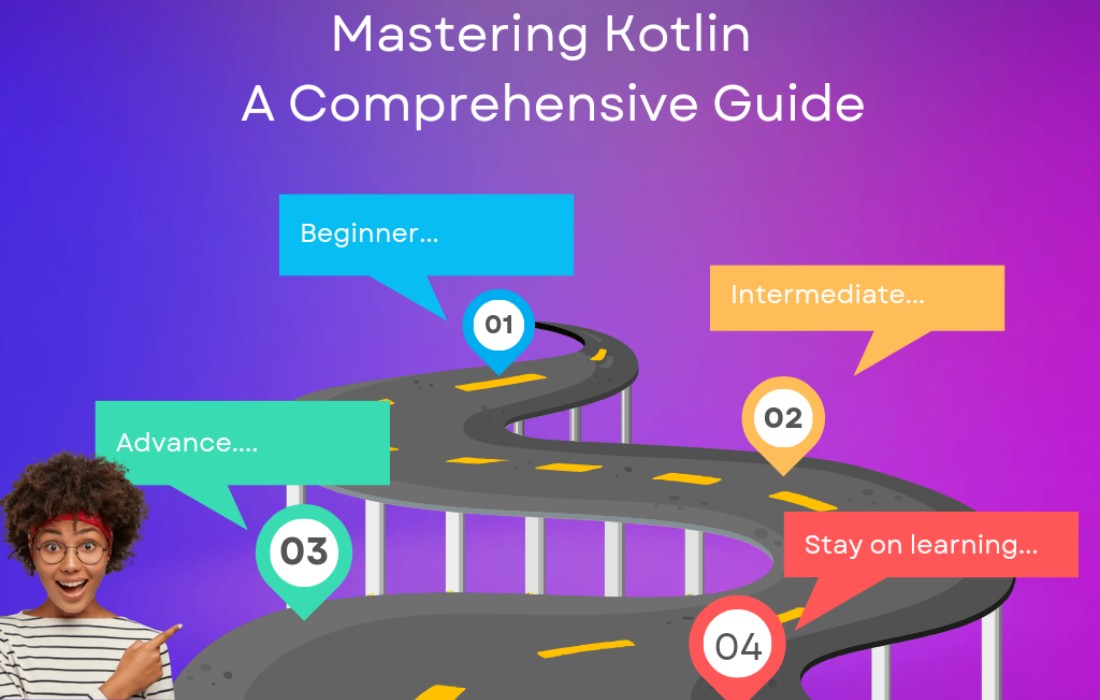Introduction
In the world of Java and Kotlin, annotations are an essential part of the programming toolkit. They allow developers to add metadata to code elements such as classes, methods, and fields, which can be processed at compile-time or runtime. Annotations are used in frameworks like JUnit for testing and Room for database operations, providing a powerful mechanism for code generation, validation, and more.
In this blog, we will dive deep into Kotlin annotations—how they work, where they come from, and how to use them effectively. We will also explore some advanced scenarios, including creating custom annotations.
What Are Annotations in Kotlin?
Annotations are special markers or metadata added to the code to provide additional information. They can be used to instruct compilers, frameworks, or tools on how to process certain pieces of code.
For instance, in testing, annotations like @Test are used to mark test methods, and frameworks like JUnit or AndroidJUnit4 will process these annotations to execute the tests correctly.
Here’s an example of using annotations in Kotlin for JUnit 4:
In this example:
@RunWith(AndroidJUnit4::class)tells JUnit to run the test using theAndroidJUnit4test runner.@Testindicates that the methoduseAppContextis a test method.
Kotlin annotations work similarly to Java annotations, with some minor syntax differences.
Where Do Annotations Come From?
Annotations can come from several sources:
- Standard Library Annotations: Kotlin has its own set of annotations, such as
@Deprecated, which is used to mark deprecated methods or classes. - Java Annotations: Since Kotlin is fully interoperable with Java, all Java annotations are available to Kotlin developers. For example,
@Overridein Java is replaced by Kotlin’soverridekeyword, but Java annotations are still usable in Kotlin code. - Libraries: Many libraries define their own annotations to perform certain tasks. For instance, JUnit uses annotations to help run tests, and Dagger uses annotations to help with dependency injection and code generation at compile time.
- Custom Annotations: Developers can create their own annotations for specific purposes. While this is not common, it can be useful for advanced scenarios like building your own annotation processors.
Applying Annotations in Kotlin
Applying annotations in Kotlin follows a syntax very similar to Java, with the @ symbol preceding the annotation.
Basic Syntax
Here’s the Kotlin equivalent of a simple JUnit 4 test:
Annotations can be applied directly to classes, functions, and properties, and multiple annotations can be stacked on a single element.
Annotating Constructors
In Kotlin, classes may have a primary constructor, and annotations are typically applied to the constructor if necessary:
Here, the @MyAnnotation annotation is applied directly to the constructor.
Annotating Lambda Expressions
It is possible to annotate lambda expressions in Kotlin. You place the annotation immediately before the lambda expression:
This approach annotates the invoke() function that the lambda expression implicitly creates.
Working with Annotation Parameters
Some annotations take parameters, and Kotlin’s syntax for this is similar to Java. Here’s an example using the @Deprecated annotation:
You can also use named parameters, which makes the code clearer and more expressive:
Kotlin supports arrays in annotation parameters as well. You can either use the arrayOf() function or use array literal syntax:
Defining Custom Annotations
You can also define your own annotations in Kotlin. To do this, simply use the annotation class keyword:
Custom annotations are particularly useful when you want to create specific metadata for code generation or processing. For example, an annotation could guide a custom annotation processor that generates additional code or validates code at compile time.
Kotlin annotations are converted to Java annotations for JVM-based projects, and they support limited data types for annotation parameters, such as Int, Long, Float, String, Boolean, and others.
Advanced Annotation Scenarios
Nested Annotations
In some cases, annotations may accept other annotations as parameters. When doing this, nested annotations do not require the @ prefix:
Class References in Annotations
Sometimes, annotation parameters require class references, especially when dealing with frameworks like Room in Android. You can reference classes in Kotlin with ::class:
Conclusion
Annotations in Kotlin are a powerful feature that enables developers to add metadata to their code and influence how it is processed at runtime or compile-time. By leveraging built-in annotations like @Test and @Deprecated, as well as defining your own custom annotations, you can enhance the functionality and maintainability of your Kotlin code.
Understanding the syntax, where annotations come from, and how to apply them is essential for Kotlin developers. Whether you’re working with libraries or writing custom annotations for your own code generation, this powerful tool can help you write cleaner, more efficient Kotlin code.
Happy coding!












